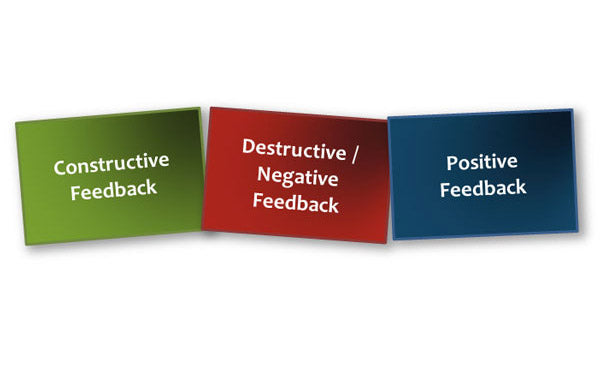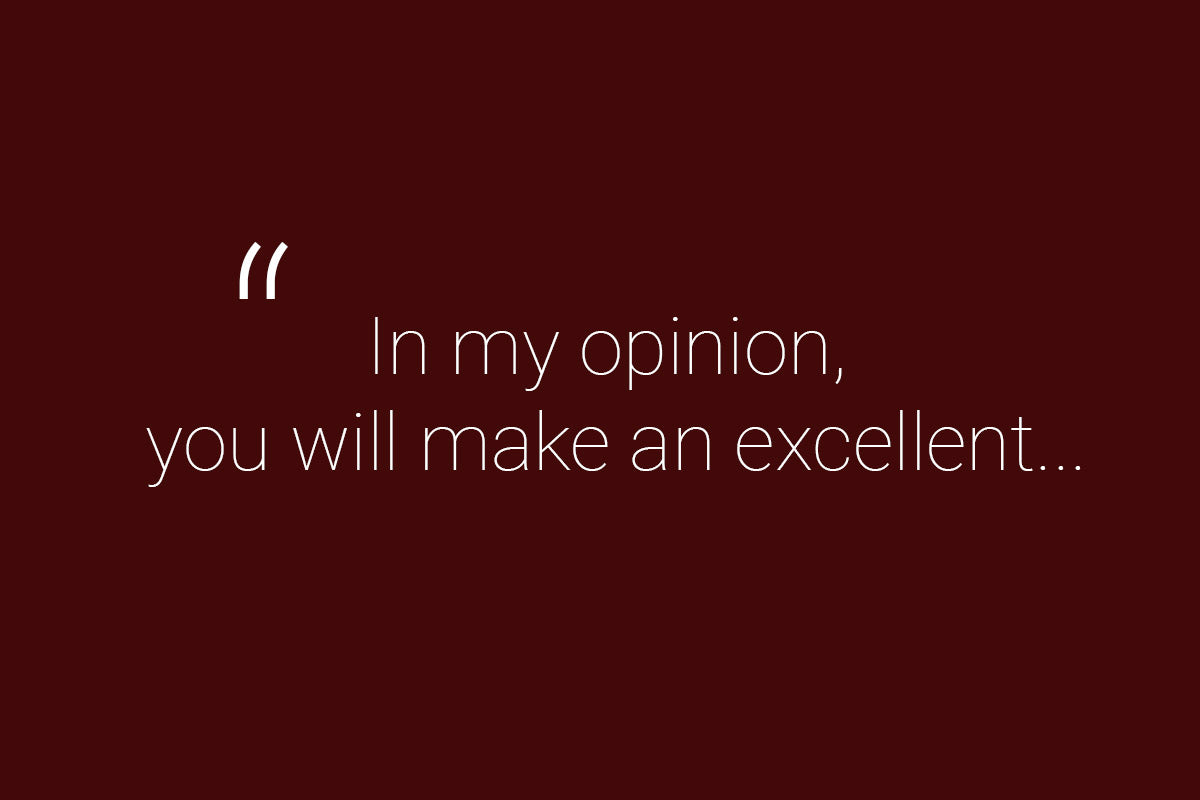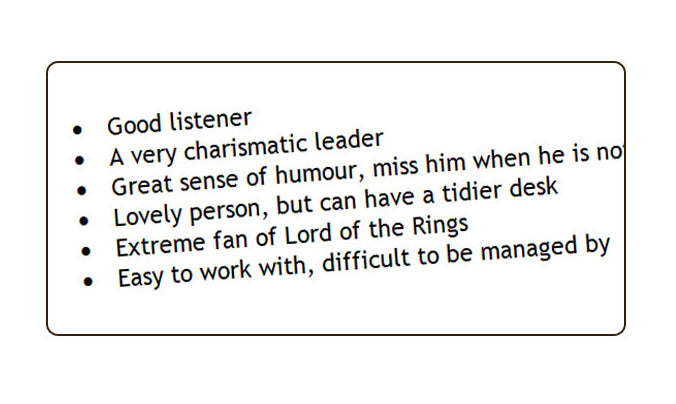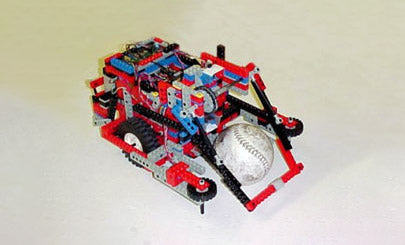Purpose
When first presented with new ideas, many seem to be quick to highlight the potential problems with the idea rather than focusing on its potential. This attitude often leads to destructive criticism which can be particularly ineffective in brainstorming sessions and meeting. This exercise helps to highlight the negative aspects of destructive criticism and how positive feedback can significantly boost enthusiasm and encourage further contribution. Delegates also learn how to formulate their negative feedback as constructive feedback during this exercise.
Objective
Provide positive, negative and constructive feedback to people who have presented solutions to a problem.
What You Need
- Mission Cards. The mission cards are provided below.
Setup
- Divide the delegates to four groups.
- Ask everyone to choose a topic for this exercise. They should choose a problem so they can then provide a solution for it. Ideally, it should be a work-related problem.
- Explain that this is a problem solving exercise and you need one of the groups to volunteer to provide solutions.
- Ask the volunteer group (which is the problem solving group) to leave the room so you can have a word with the other groups. While outside the training room, the problem solving group should quickly brainstorm ideas and solutions for the problem.
- Explain to the remaining groups that you want them to provide feedback to the problem solving group as they suggest their solution. You will give specific instructions to each group and they need to provide feedback based on their instructions.
- Give one mission card at random to each group. Groups should not know about the mission cards of other groups. Clarify the mission cards as necessary.
- After 3 minutes, ask the problem solving group to come back and kick start the brainstorming session.
- Explain that there are no rules and it is a free discussion so delegates can talk if they want to.
- Expect the groups to provide their own specific feedback; positive, negative and constructive.
- The problem solving group may start to feel overwhelmed by the negative feedback and engage in a heated discussion. Observe and monitor so it does not get out of hand.
- Stop the discussions after about 10 minutes.
- Ask the problem solving group to state what they thought of the discussions and specifically what they thought of the feedback they have received from the groups. Expect them to state that they prefer the positive feedback and the constructive feedback, but not the negative/destructive feedback.
- Follow with a discussion.
Timing
Explaining the Exercise: 2 minutes
Activity: 5 min pre-discussions + 10 min discussions = 15 minutes
Group Feedback: 10 minutes
Discussion
What did you think of the discussions? How did the problem solving team respond to the positive feedback? Did they become more enthusiastic and motivated? How did they respond to negative feedback? Did they become emotional and possibly angry? How did they respond to constructive feedback? Were they more willing to take the potentially criticisms on board just because of the way they were presented? What do you think of the significance of providing constructive feedback as opposed to destructive feedback?
To Tutor: Consider the following examples while going through the discussions:
|
Destructive Feedback |
Constructive Feedback |
|
“Your explanation was too short” |
“I like to hear more about your solution.” |
|
“You have totally forgotten to consider this critical part.” |
“Since this is a complex system, let me just state what I think has not been considered in the solution so far.” |
|
“I don’t agree with what you said at all. The idea is rubbish. What you need to do is…” |
“There are certainly some very good points that you have raised. Let me expand on them a bit…” |
Mission Cards
Positive Feedback
You generally agree with the ideas presented by the problem solving team. You may enhance these ideas with similar ideas of your own, though you should show that you are very impressed by the original ideas and focus on them. State positive remarks and encourage the other team to carry on expanding their solution. Give them credit for their effort.
Negative/Destructive Feedback
Attack the ideas presented by the problem solving team directly and present your own ideas. You can be blunt and direct. If you don’t like something, say it.
Constructive Feedback
Aim to improve the solutions provided by the problem solving team. If you agree with them, state it. If you don’t agree with them, provide a constructive feedback. To do this, mention the positive aspects of the idea and then aim to improve it. If mentioning the negative aspects, make sure to complement this by crediting the problem solving team for their ideas and effort. Be positive about their ideas before stating your own ideas. Aim to move forward to a solution together as opposed to making this into a competition.
Soft Skills Training Materials
Get downloadable training materials
Online Train the Trainer Course:
Core Skills
Learn How to Become the Best Trainer in Your Field
All Tags
Training Resources for You

Course Design Strategy
Available as paperback and ebook

Free Training Resources
Download a free comprehensive training package including training guidelines, soft skills training activities, assessment forms and useful training resources that you can use to enhance your courses.

Our Comprehensive Guide to Body Language

Train the Trainer Resources
Get Insights - Read Guides and Books - Attend Courses
Training Materials
Get downloadable training materials on: Management Training, Personal Development, Interpersonal Development, Human Resources, and Sales & Marketing














Leave a comment
All comments are moderated before being published.
This site is protected by hCaptcha and the hCaptcha Privacy Policy and Terms of Service apply.